Is there any algorithm that can approximate the given polygon with n non overlapping rectangles that gives the maximum coverage? By maximum coverage I mean, the sum of the rectangle areas are maximized. Rectangles are not necessarily equal sized.
The polygons I am dealing are convex. If exact solution is hard/expensive to find (which I am expecting it to be), simple good heuristics are welcome too.
Edit I always thought of approximating the polygon with rectangles inside polygon, but solutions with rectangles not totally inside polygons are also fine. If that is the case, maximization of the area becomes minimization of the area.
Edit 2 I forgot to mention that these rectangles are orthogonal rectangles, i.e. aligned with axises.



